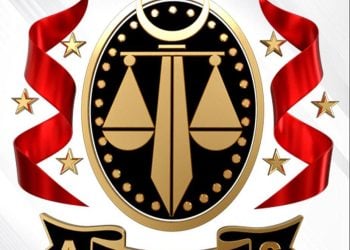By Vanessa Tomassini.

Rome, 10 January 2018:
The Mediterranean continues to be a deadly trap for migrants trying to reach Europe. At least 50 people died in yet another shipwreck in Libyan waters this morning, facing the Western shores of Tripoli, as reported by Ayoub Qasem, Libyan Navy spokesman.
The sinking took place off the city of Khoms, about 100 kilometres east of Tripoli. Libyan Coast Guard fears that the victims could also be twice the number reported by the survivors. The Libyan authorities rescued three boats in difficulty, managing to save 279 migrants: 19 women, 243 men, 13 boys and four girls.
At least 90-100 are still missing. The Libyan Navy, according to stories of survivors, reported that one of the dinghies on which the immigrants were traveling carried more than a hundred people, but only 17 of them, including many women, were rescued. The survivors spent several hours clinging to pieces of the boat until help arrived.
IOM’s Christine Petré said that the boats departed from near the Libyan coastal towns of Zawia and Khums. The majority of immigrants came from Gambia, Senegal, Sudan, Mali, and Nigeria. The Libyan Cost Guard recorded that eight survivors of which one woman are from Bangladesh and other two are from Pakistan.
IOM Chief of Mission in Libya, Othman Belbeisi, said that it’s very distressing that during the first 10 days of 2018 we have seen close to 800 migrants rescued or intercepted off the Libyan coast with more lives lost at sea, adding that “more has to be done to reduce irregular unsafe movements of people along the Central Mediterranean route.”
According to UN agencies and Frontex, it is important to stress that Libya it’s not a source of the problem, but a victim of this uncontrolled flow coming from sub-Saharan countries.
The IOM recorded 26 migrant deaths on the Mediterranean Sea lanes during the just-ended month of December 2017, at the time when Mediterranean migrant’s deaths were dropping sharply. January 2017 had witnessed some 254 deaths. Italian Ministry of Interior reported that the arrivals on Italian coasts decreased by 34 percent.
Many NGOs, such as Amnesty International, recently accused European Governments, in particular Italy, of involvement in the torture and abuse of illegal migrants in Libya, of dealing with and financing Libyan militias to stop migrants in Libya. The Italian Government has consistently denied this.
The EU is fighting the most upstream smuggling activities along the route, providing training capacity and advice to local security forces in Niger and Mali. In particular with the joint investigation team, known as G5 Sahel, which is stopping smugglers, arresting them and seizing their vehicles.
Nevertheless, this has not stopped the flow migrants northwards. Many NGOs have stressed the need to intervene in the countries from which immigrants flee, analysing the causes, and investing in the economies of those countries to create jobs and better living conditions.
Commenting another tragedy last November, the President of Italian Chamber of Deputies Laura Boldrini, who has years of experience in international cooperation, said “It is illusory or cynical to think that Europe can solve the problem of landings by delegating the solution to the North African countries. The flow will not stop until the problem is resolved at the origin, creating dignified and safe living conditions in the countries from which the people continue to flee “.










